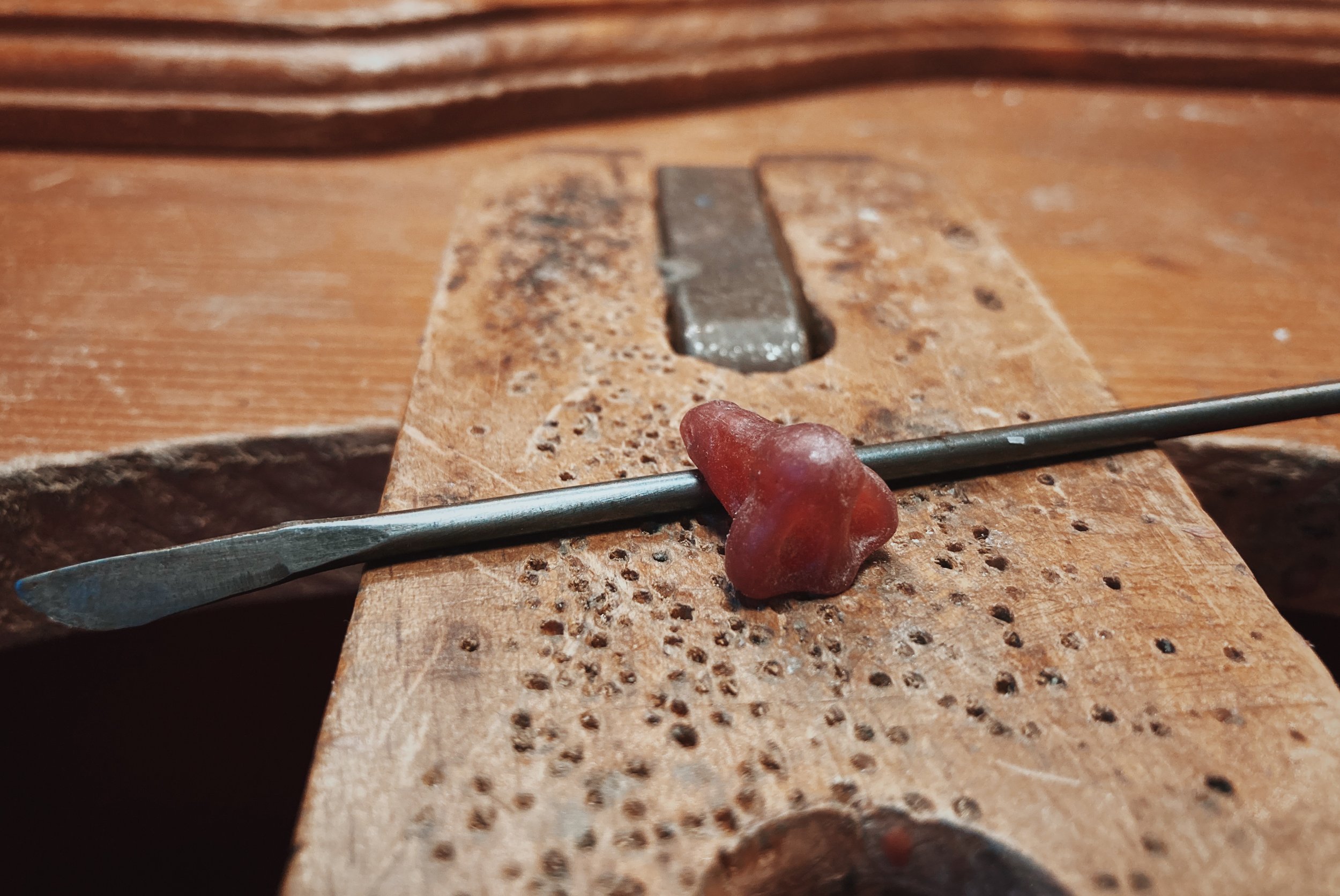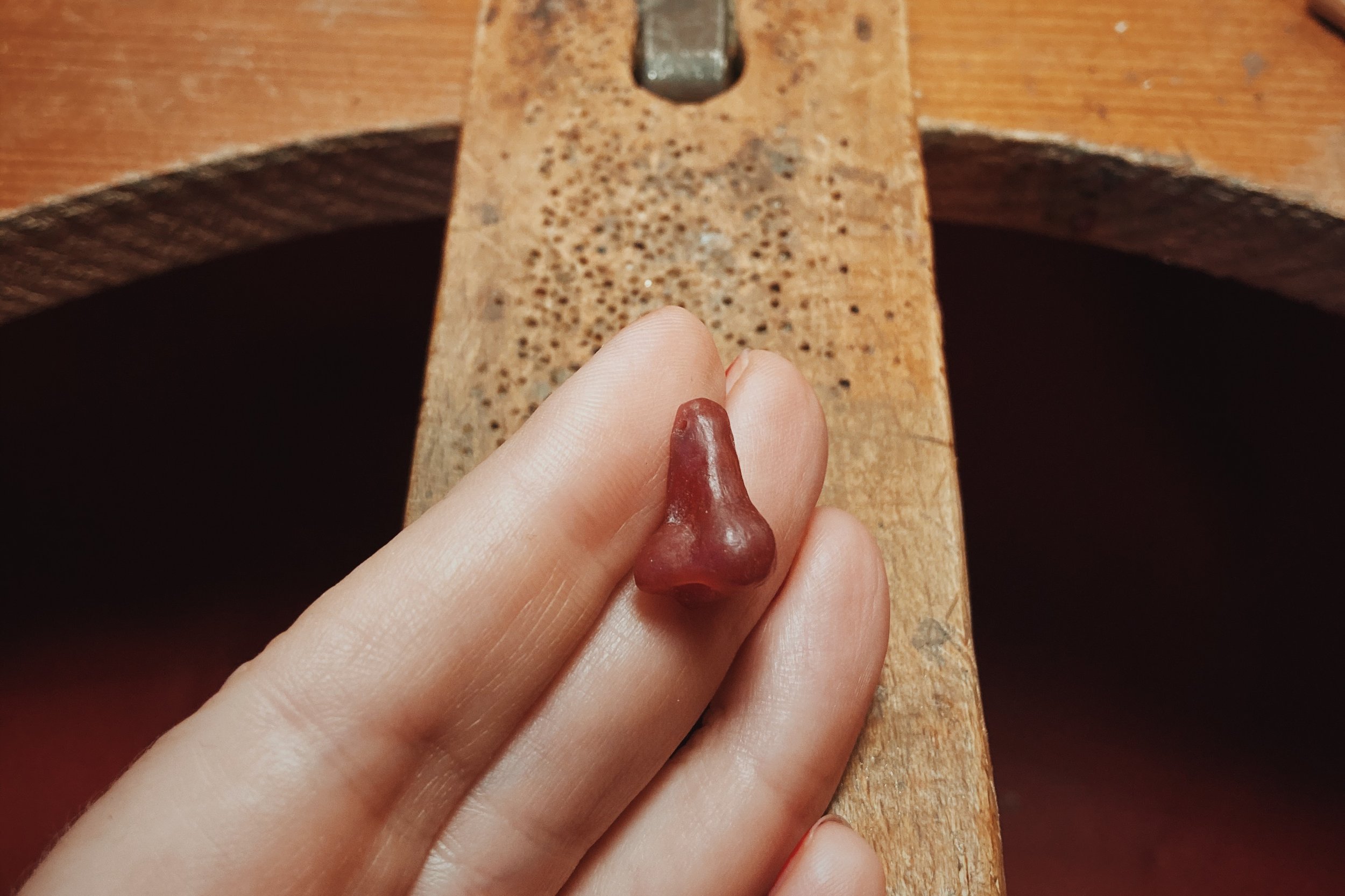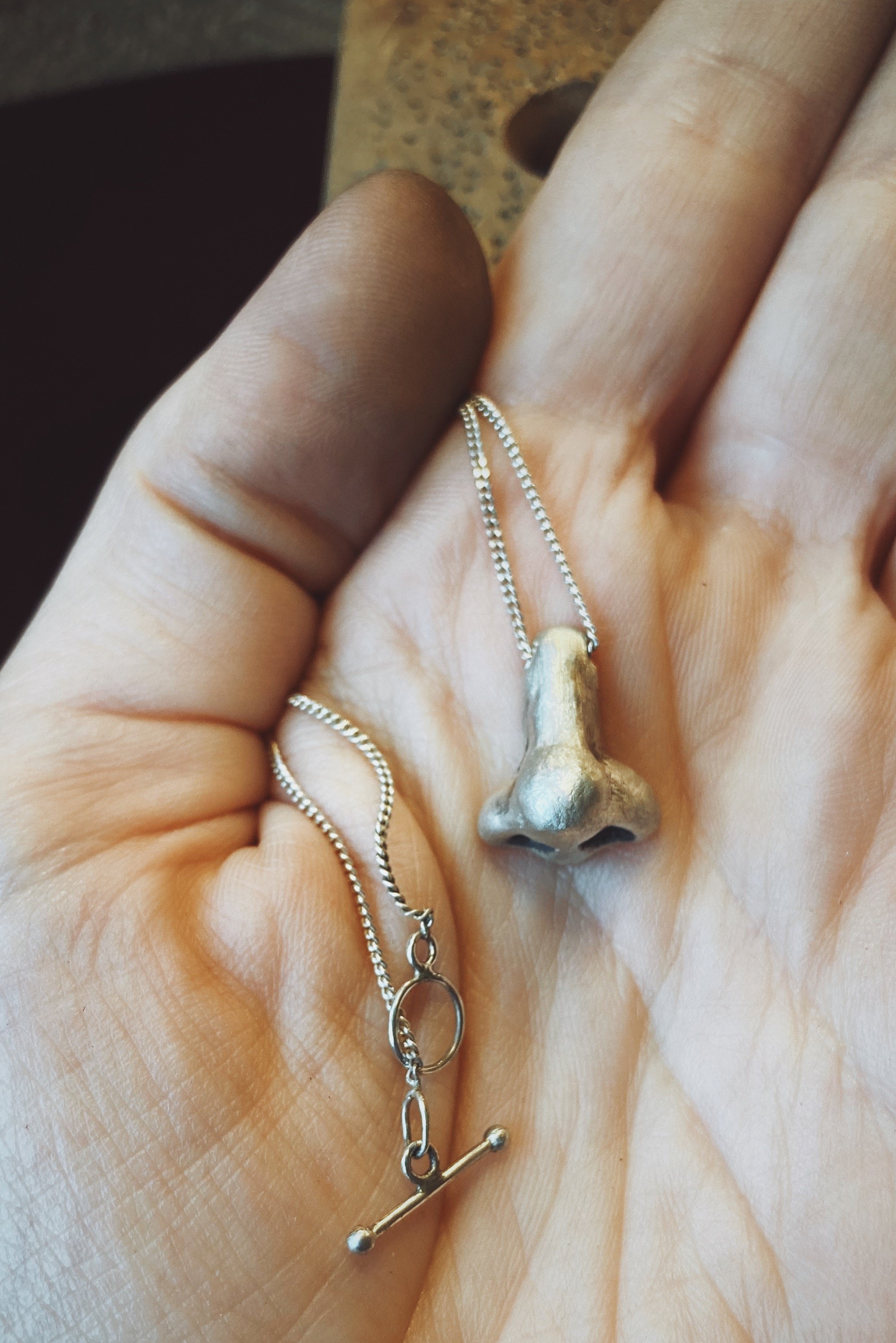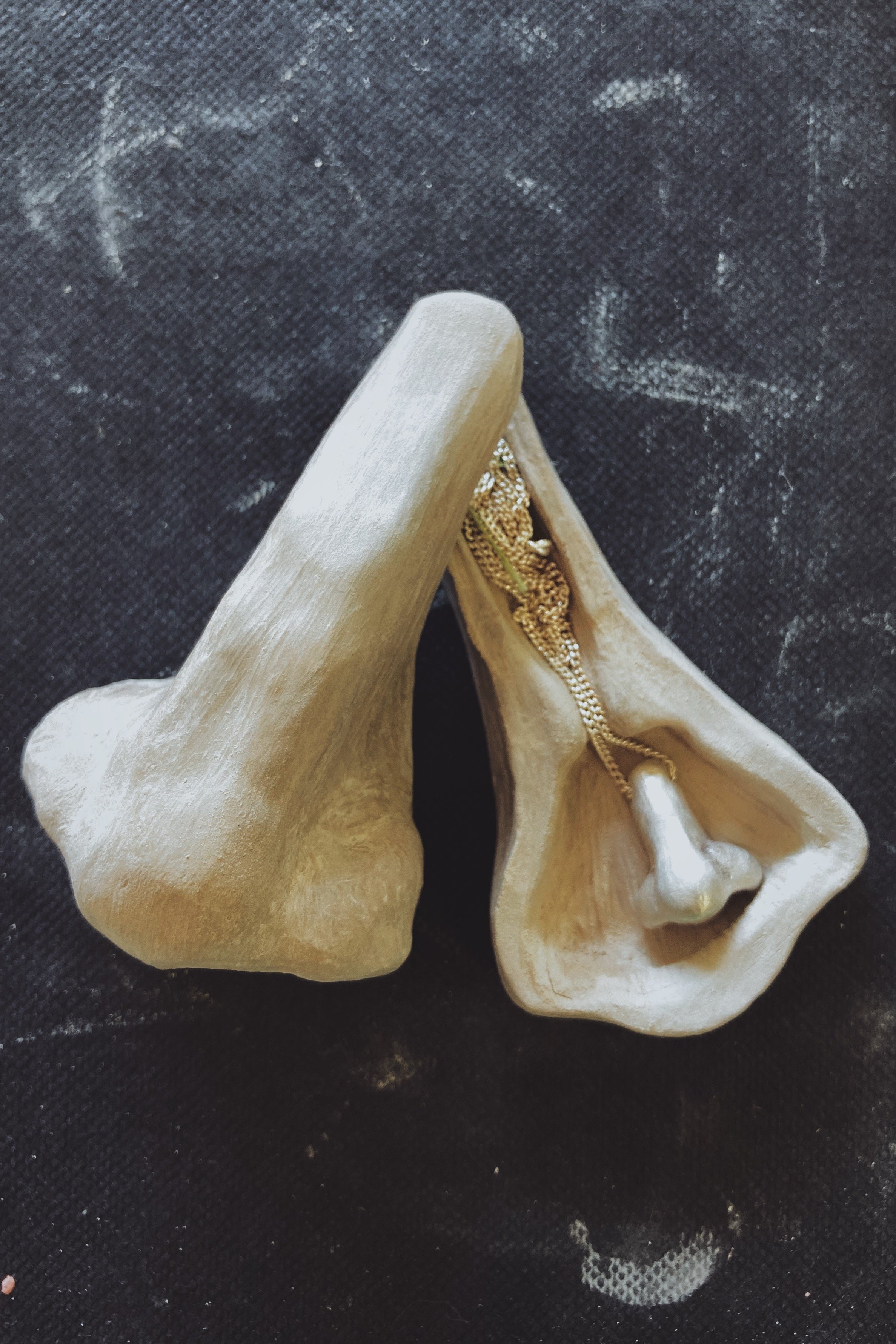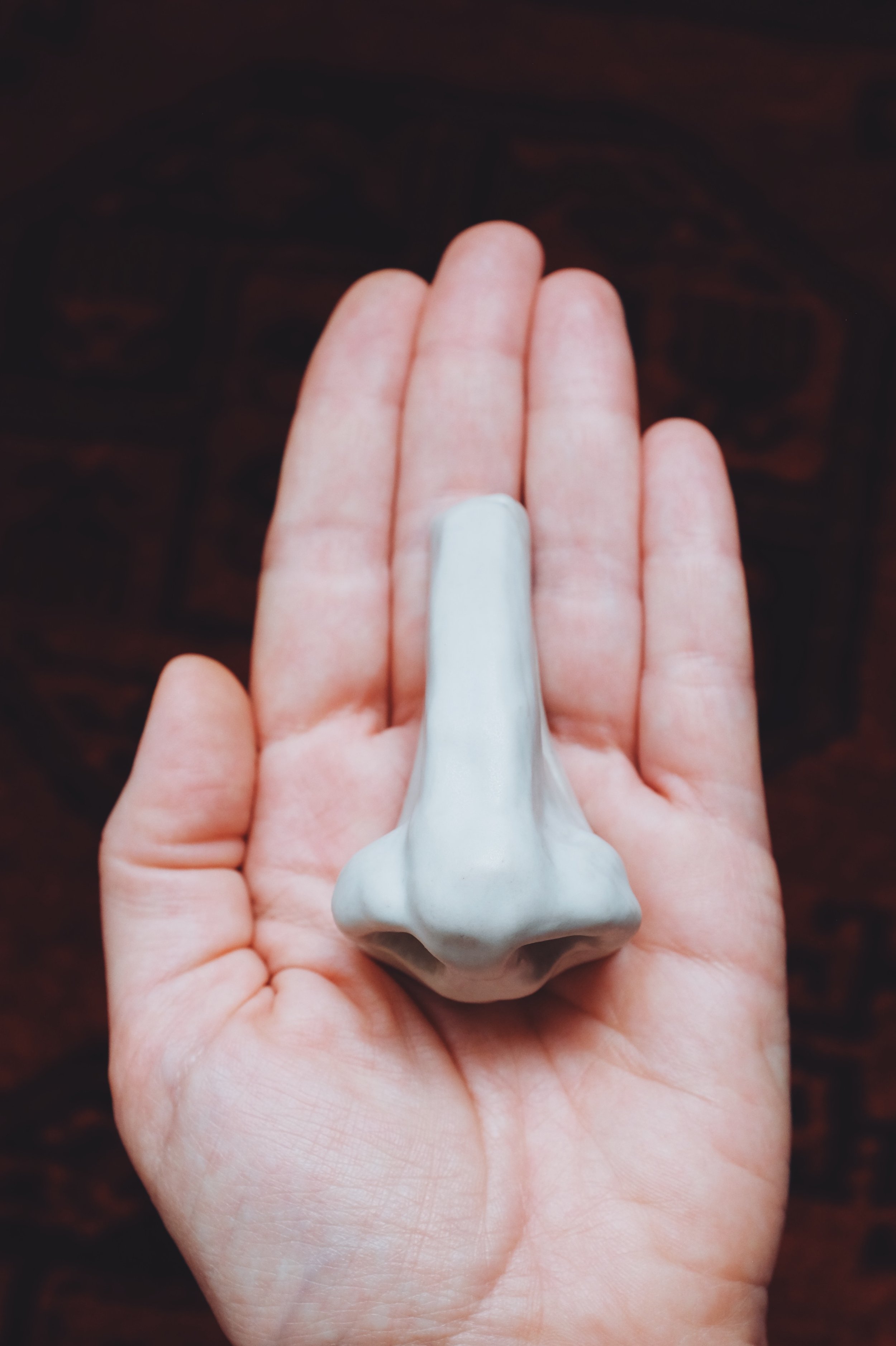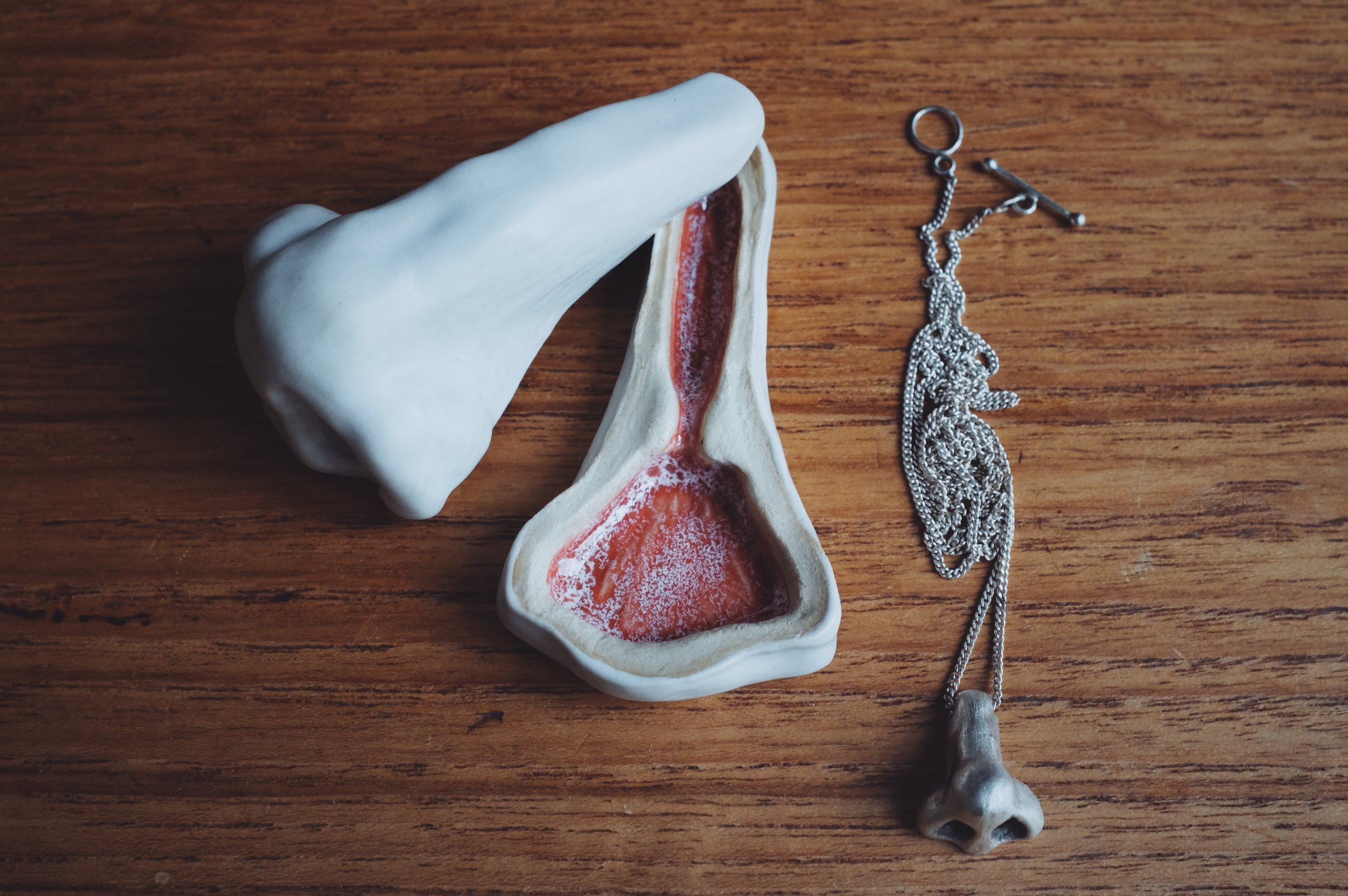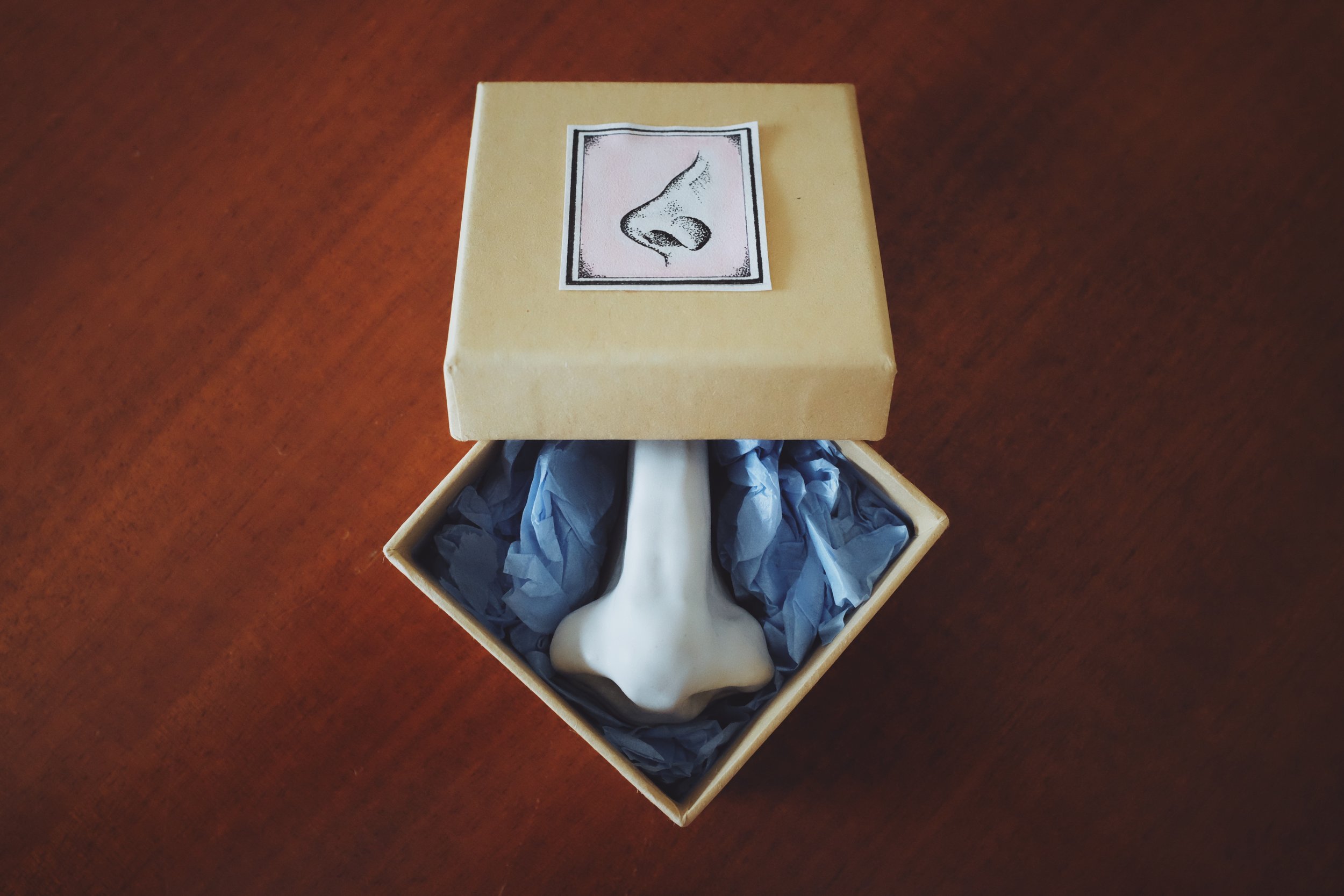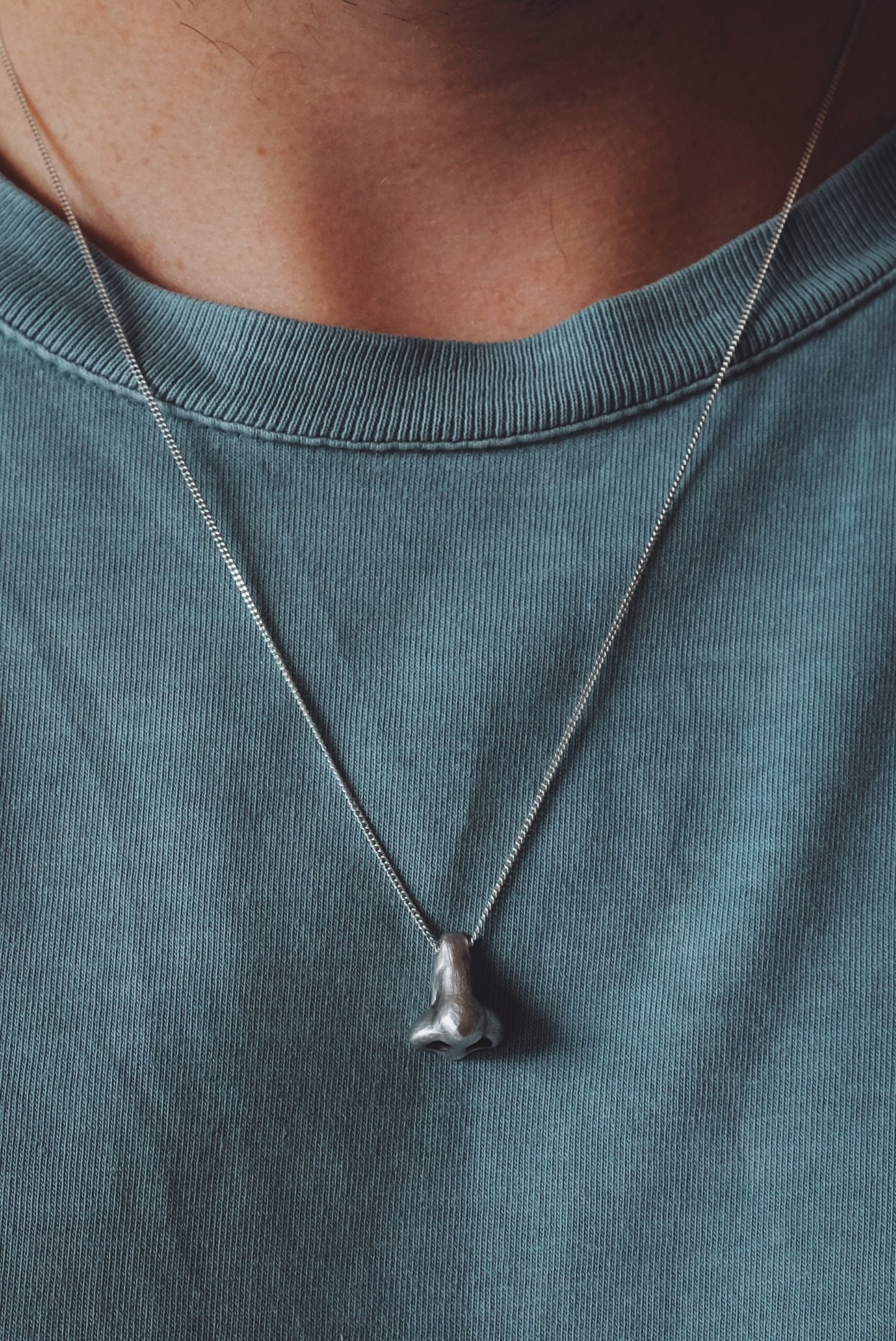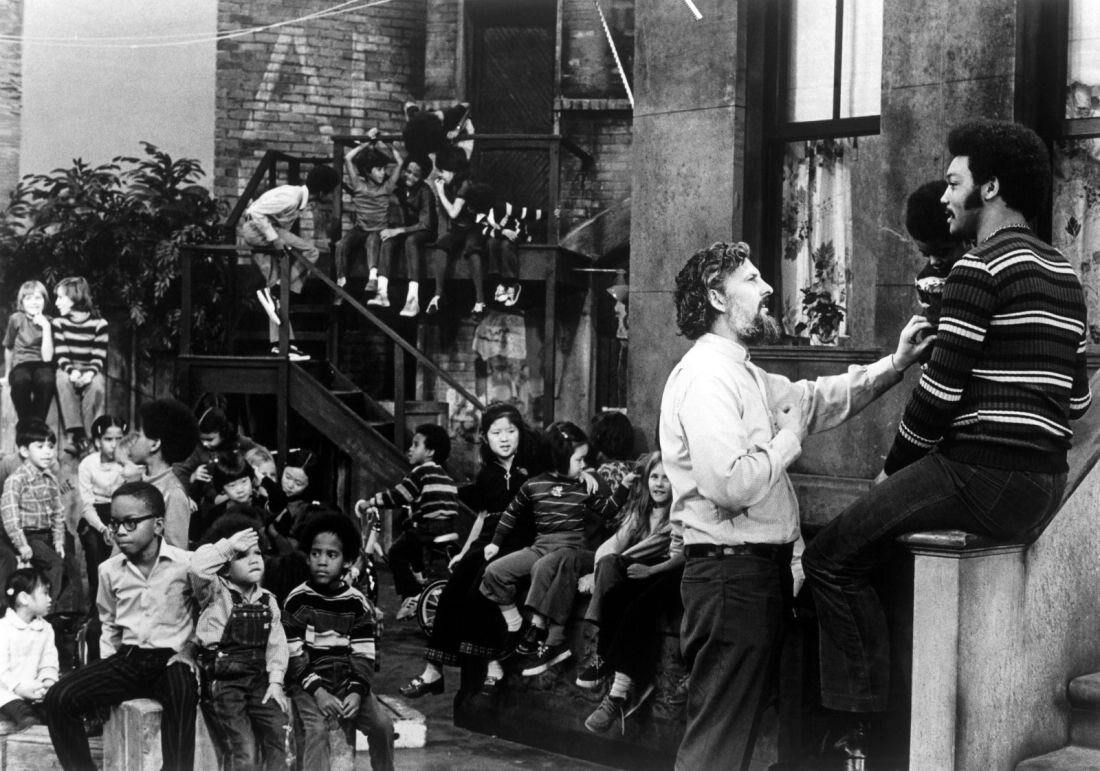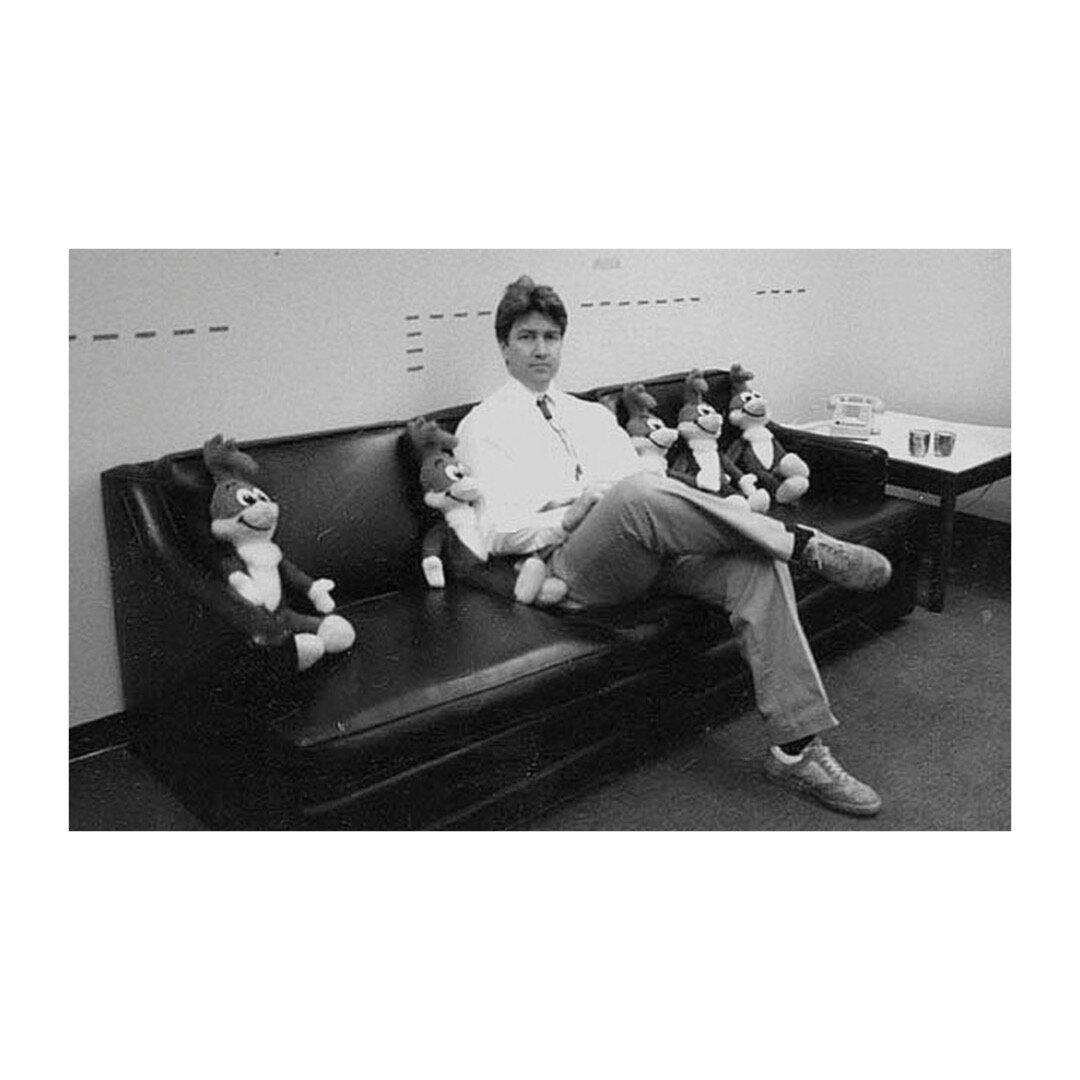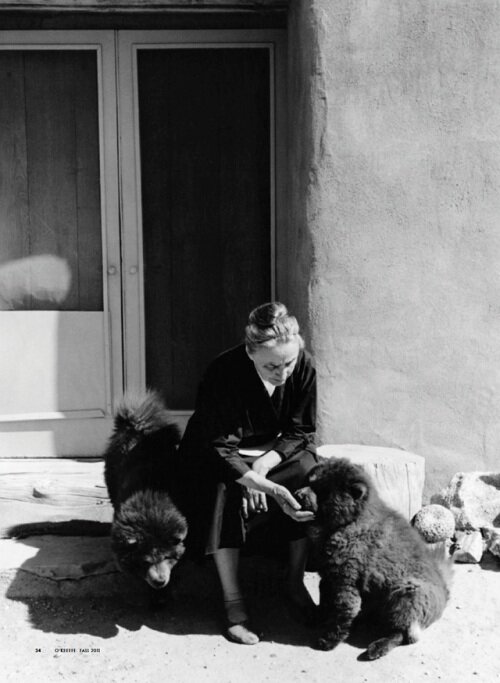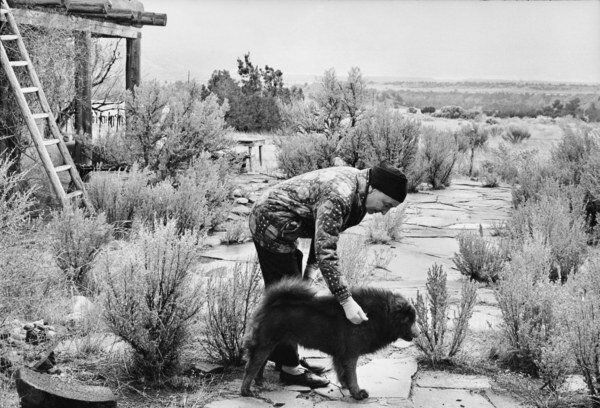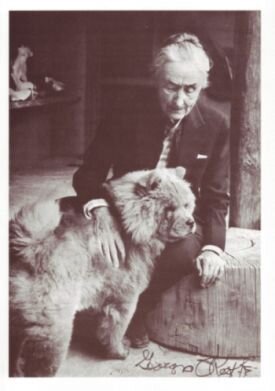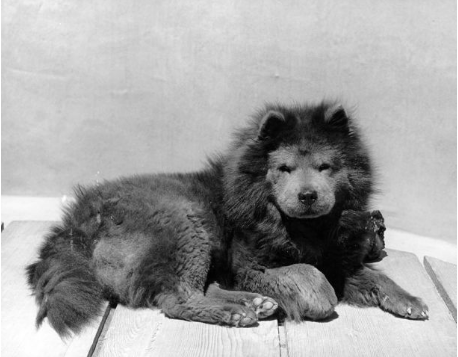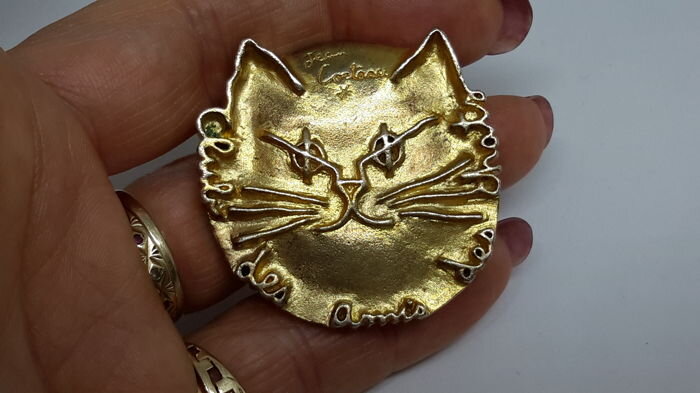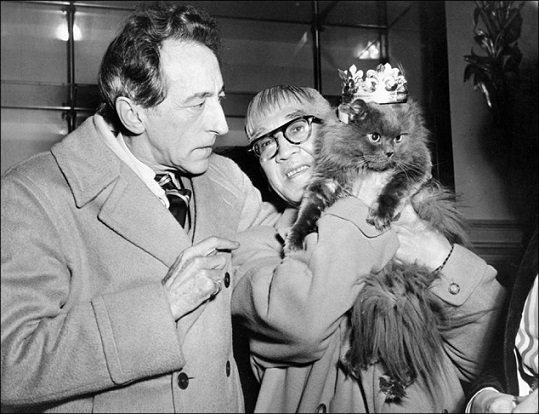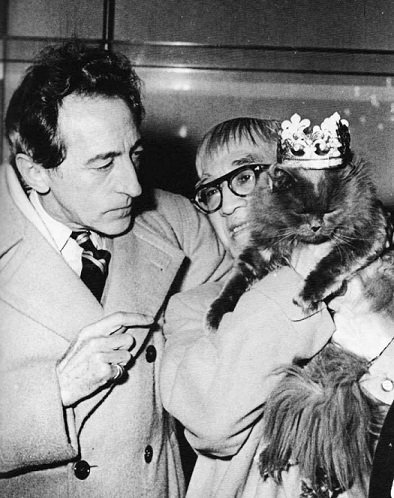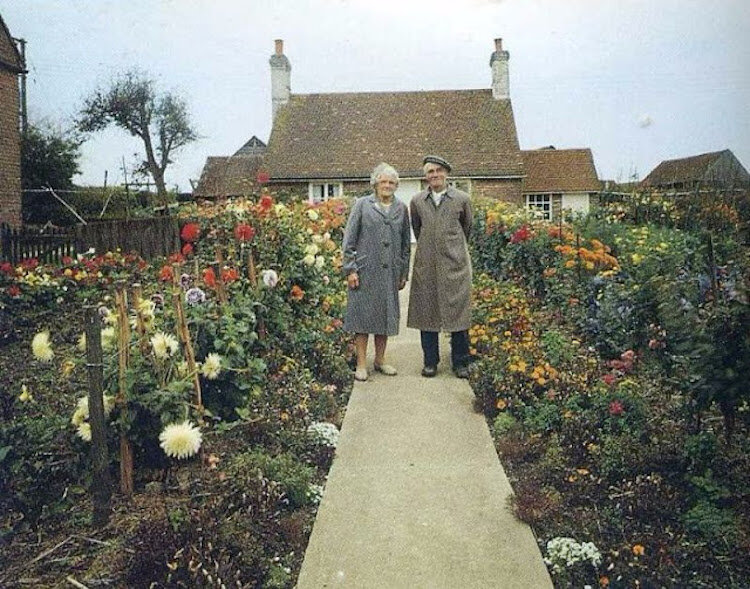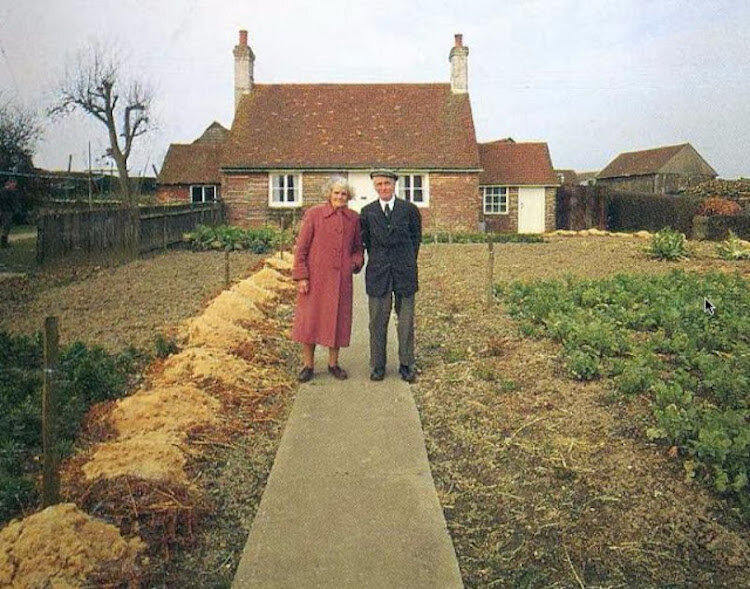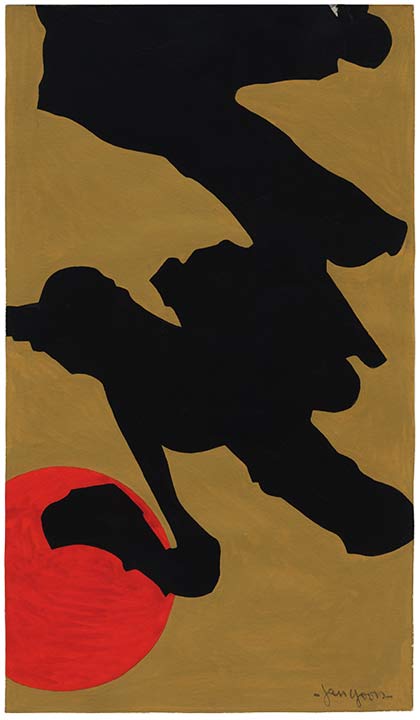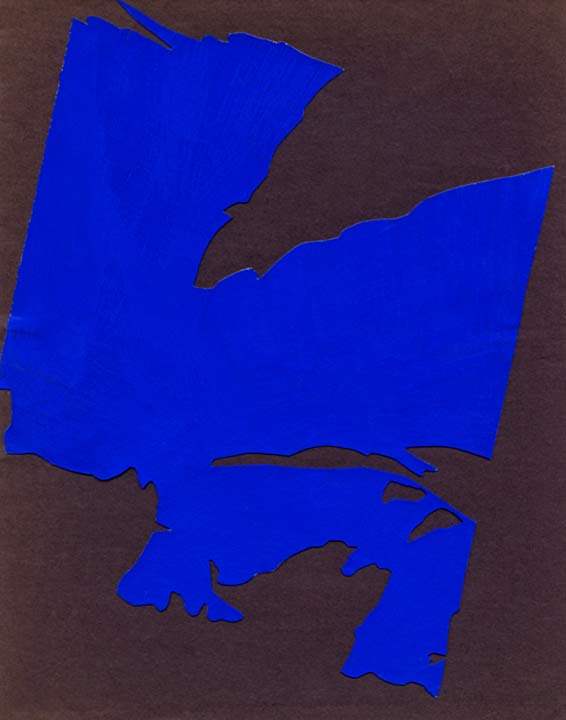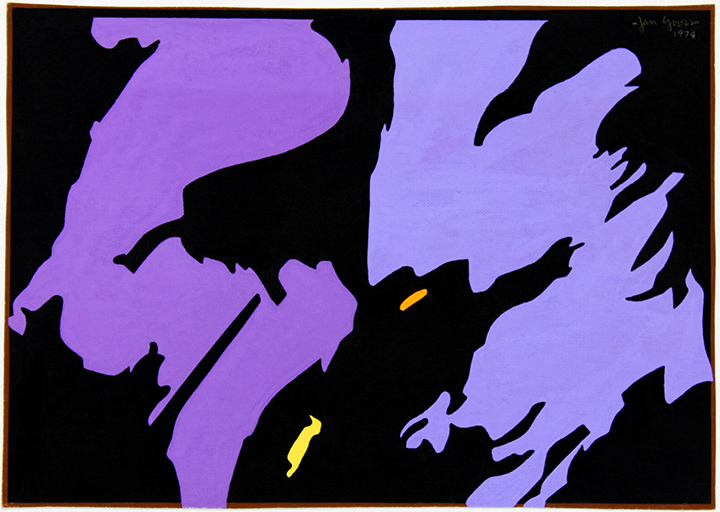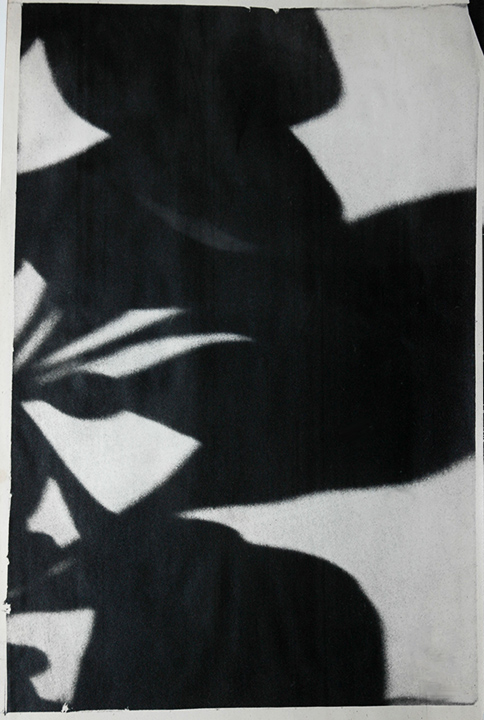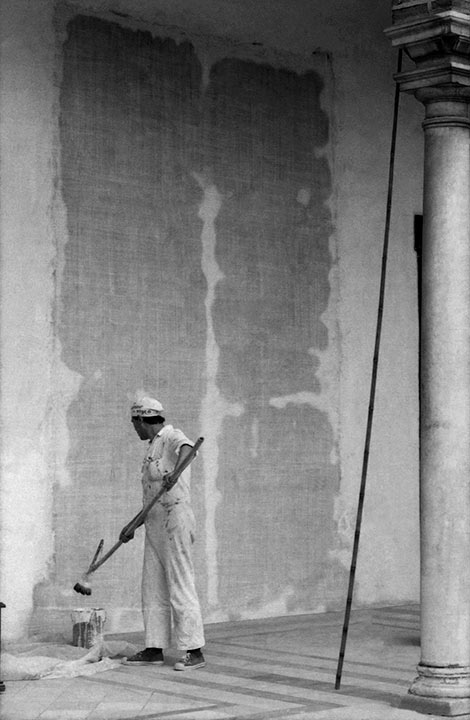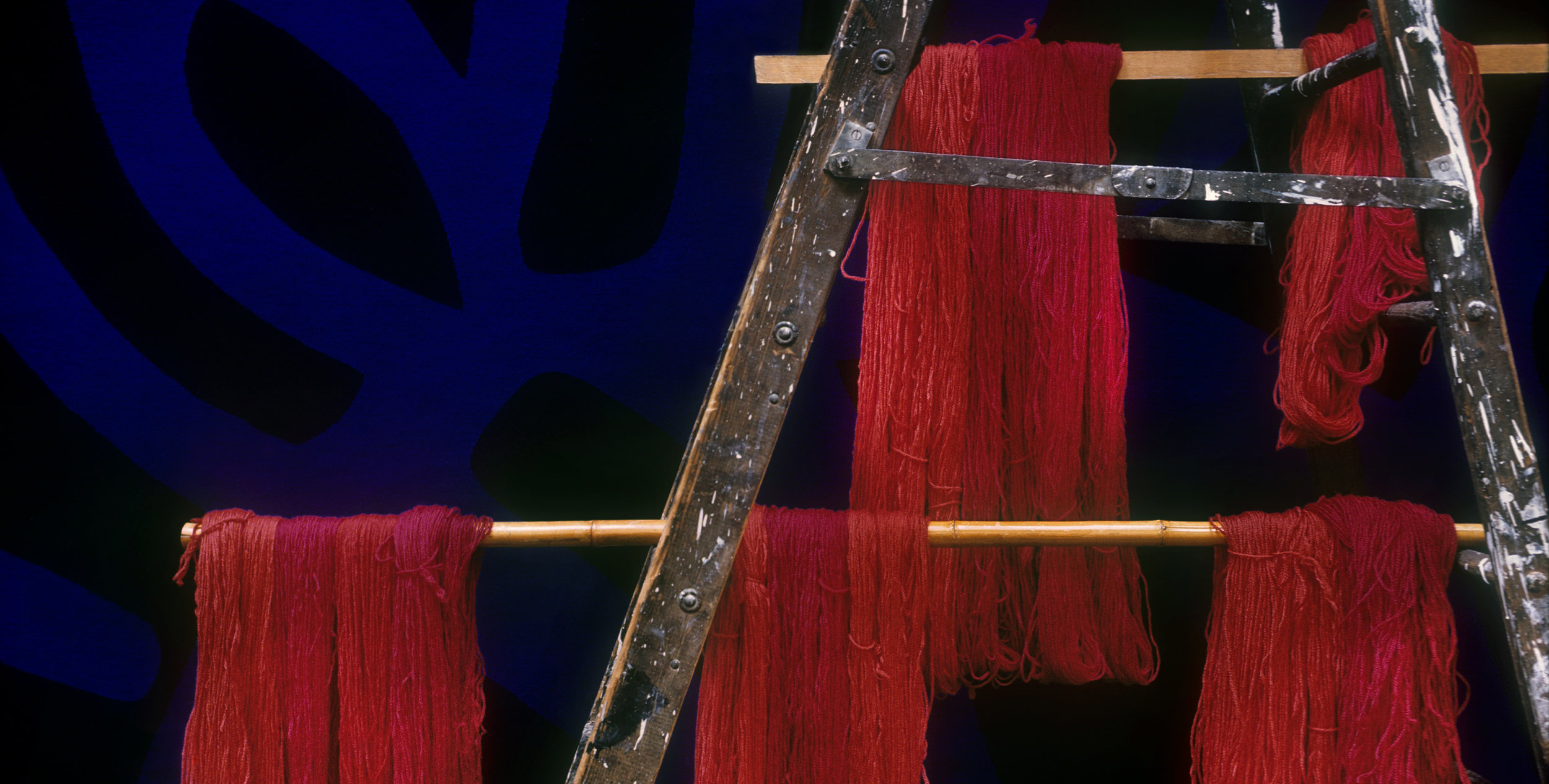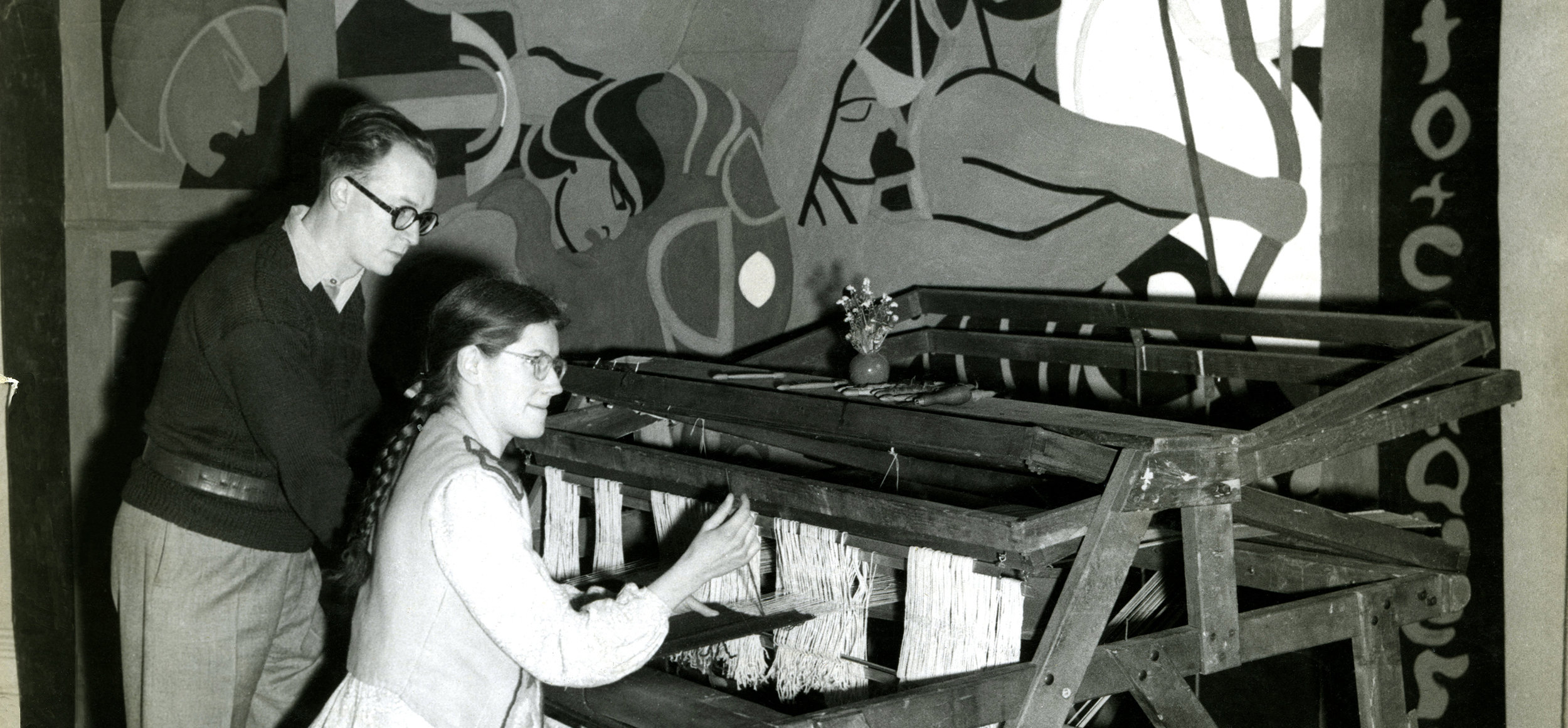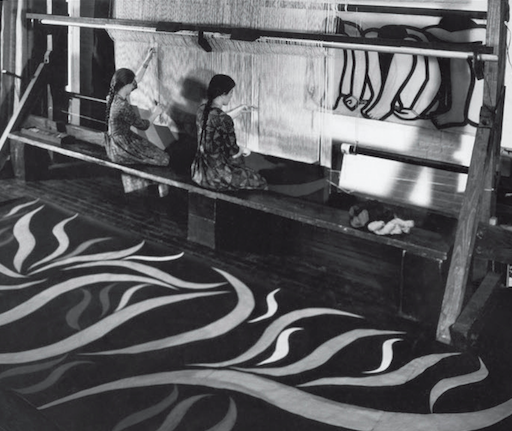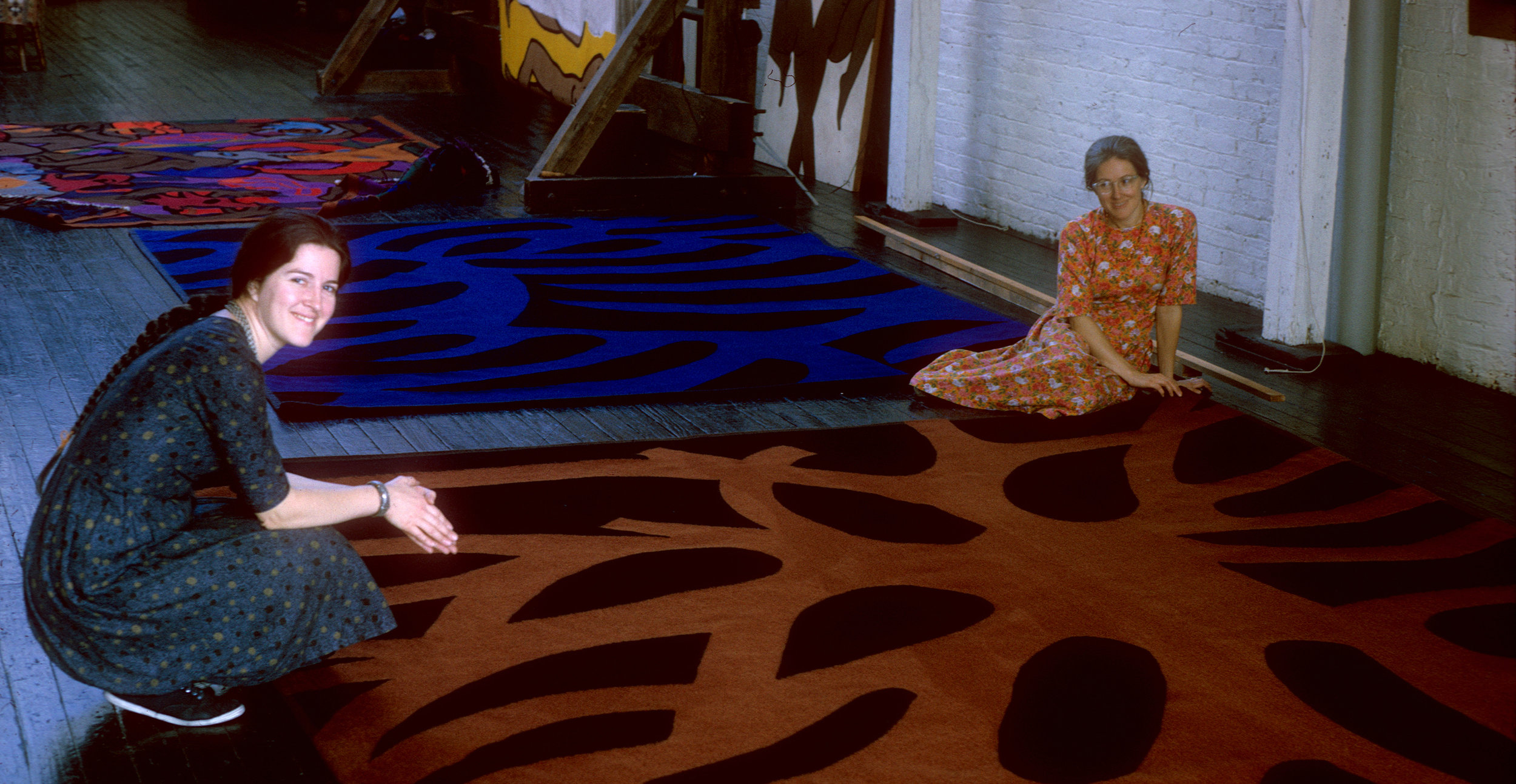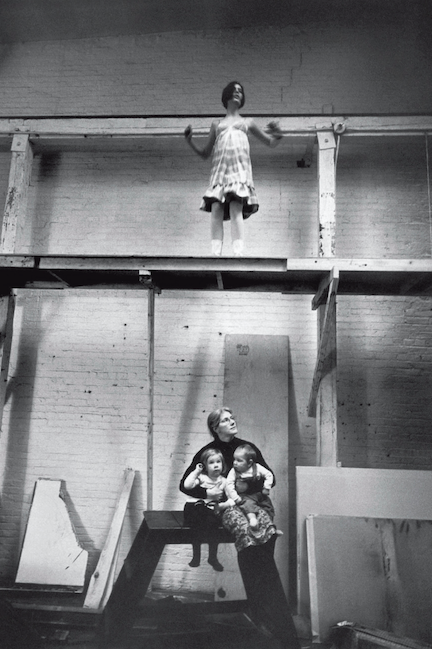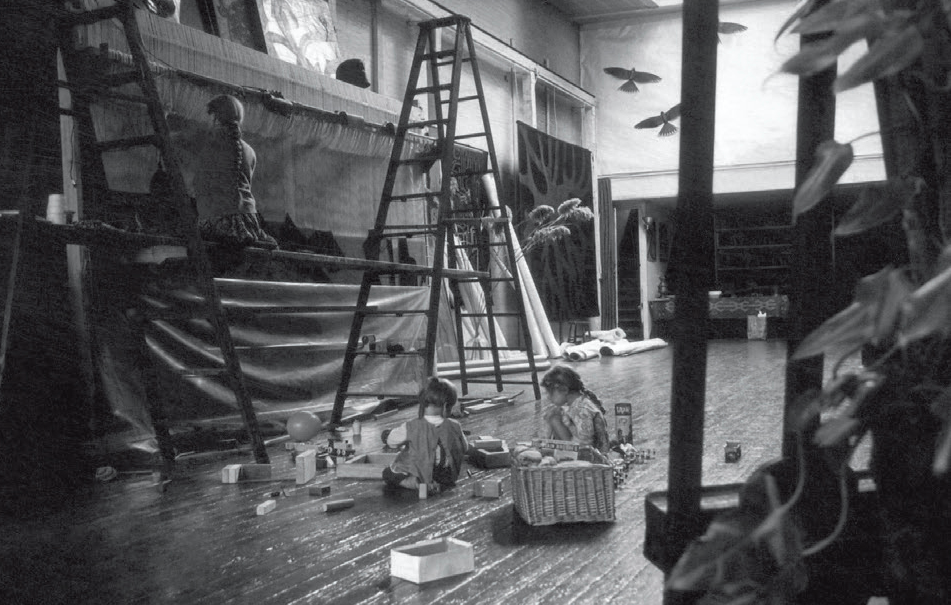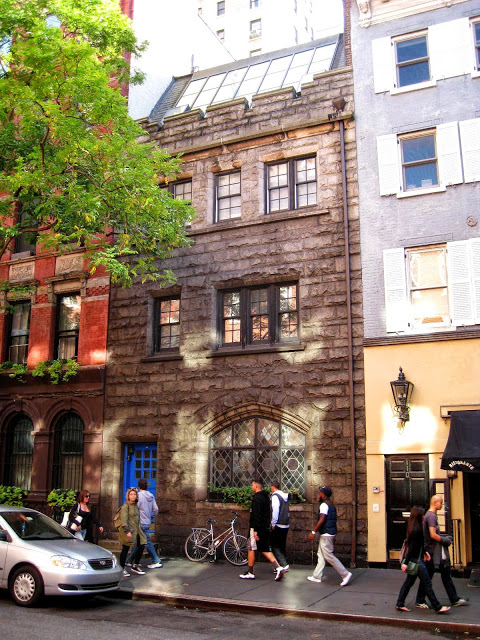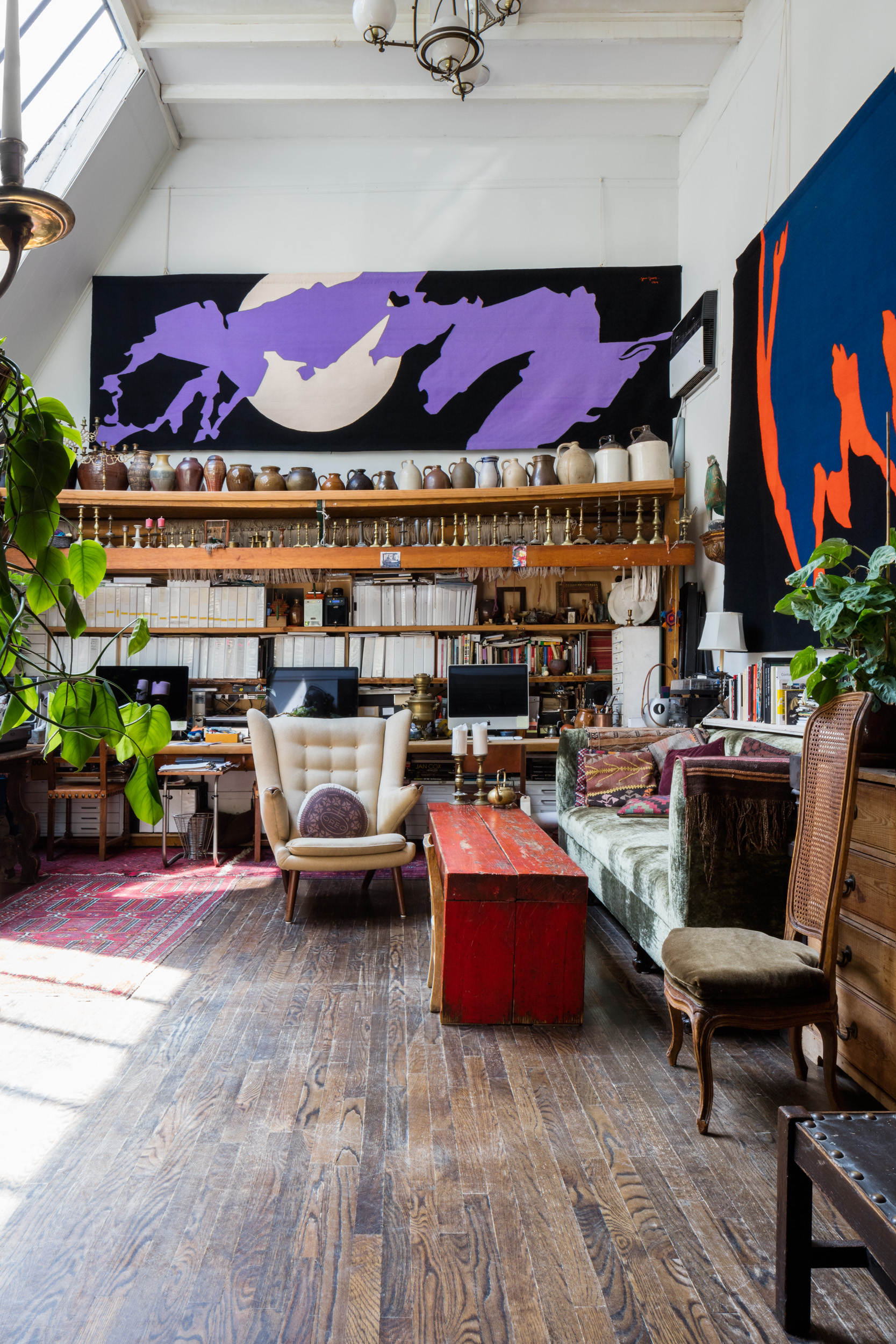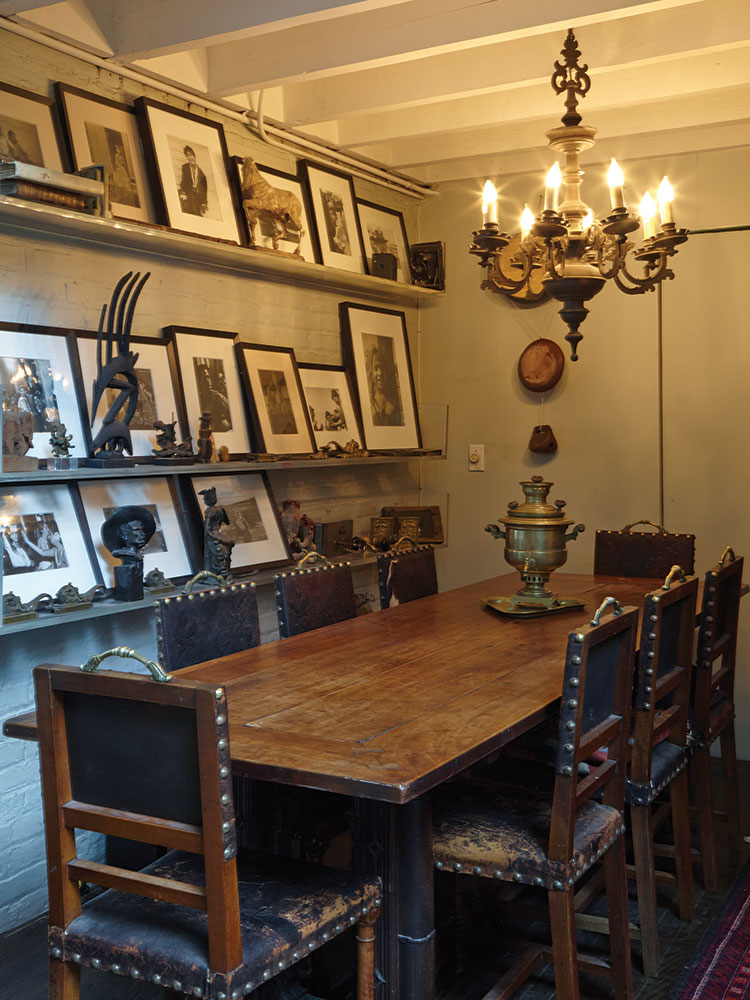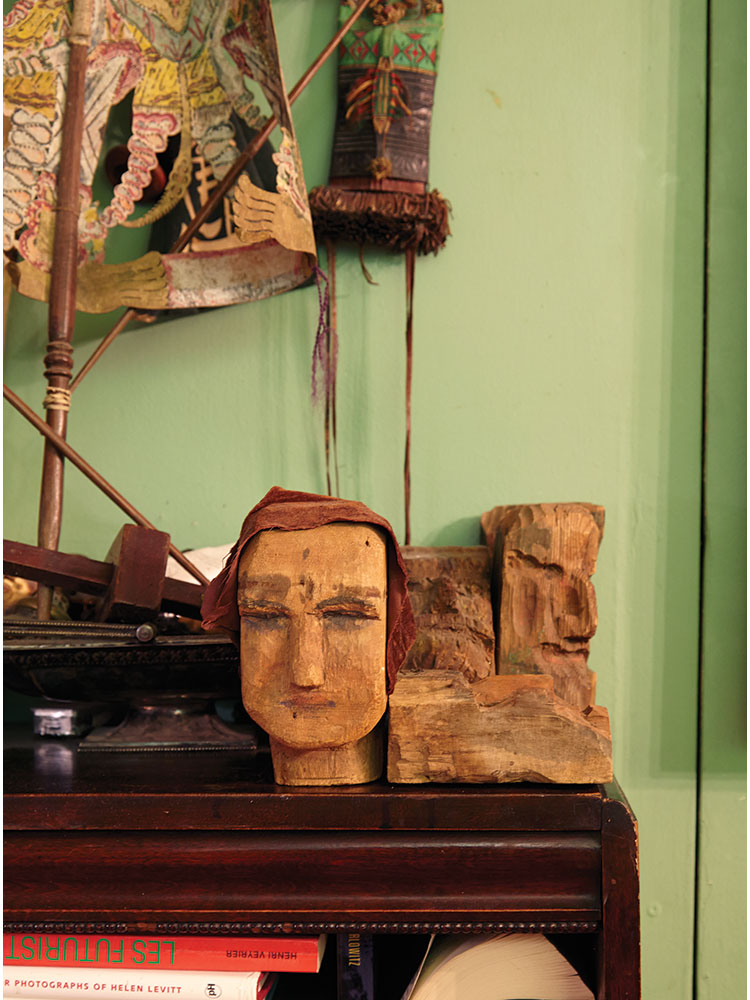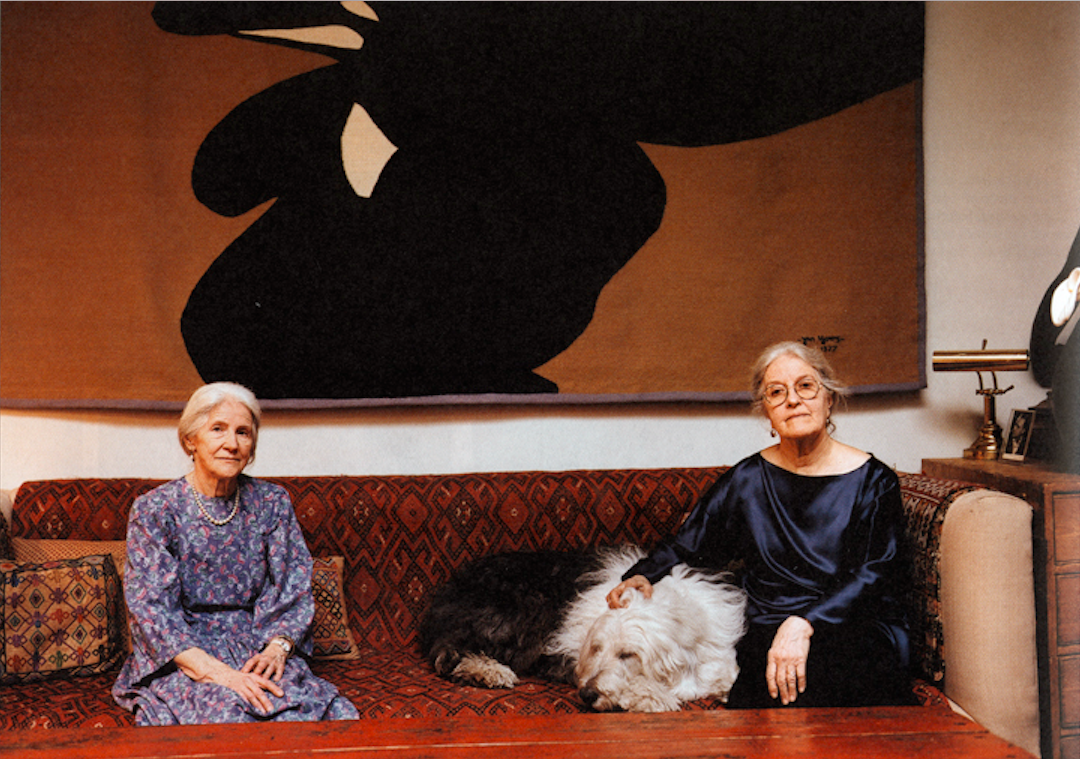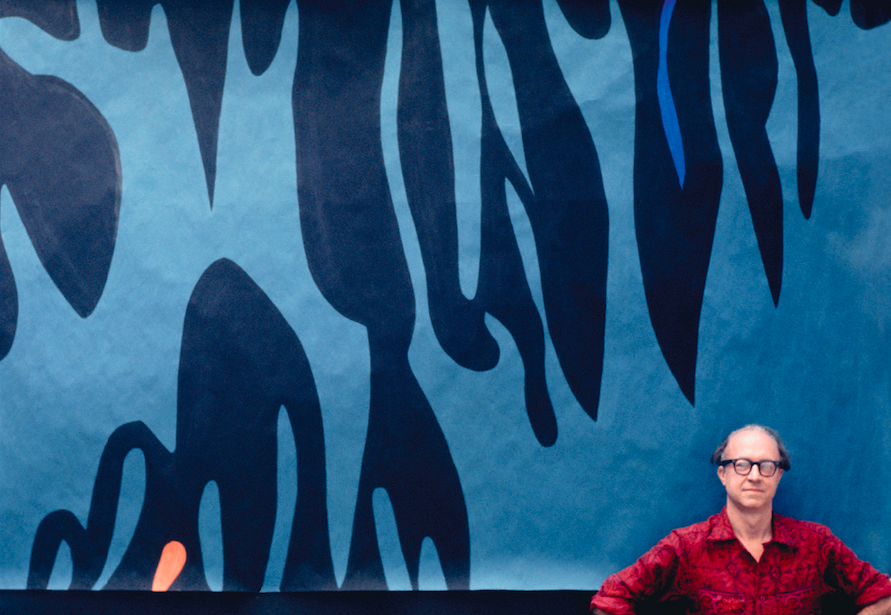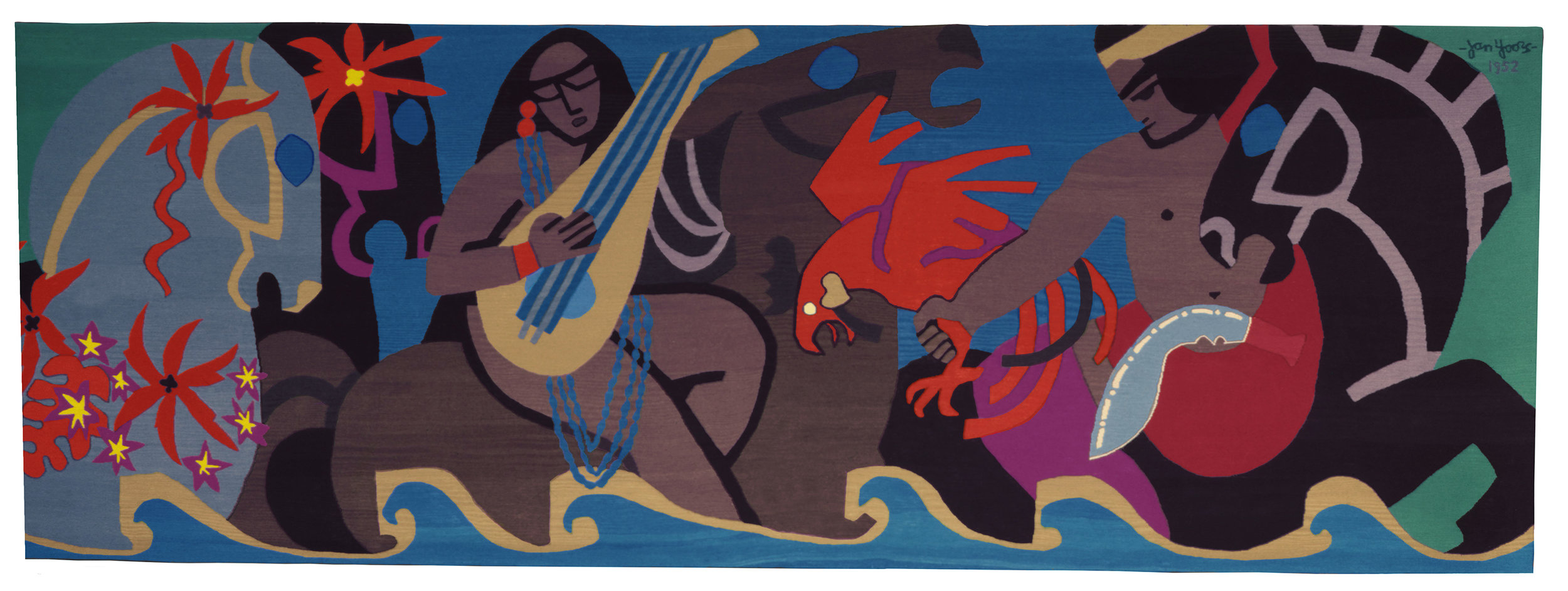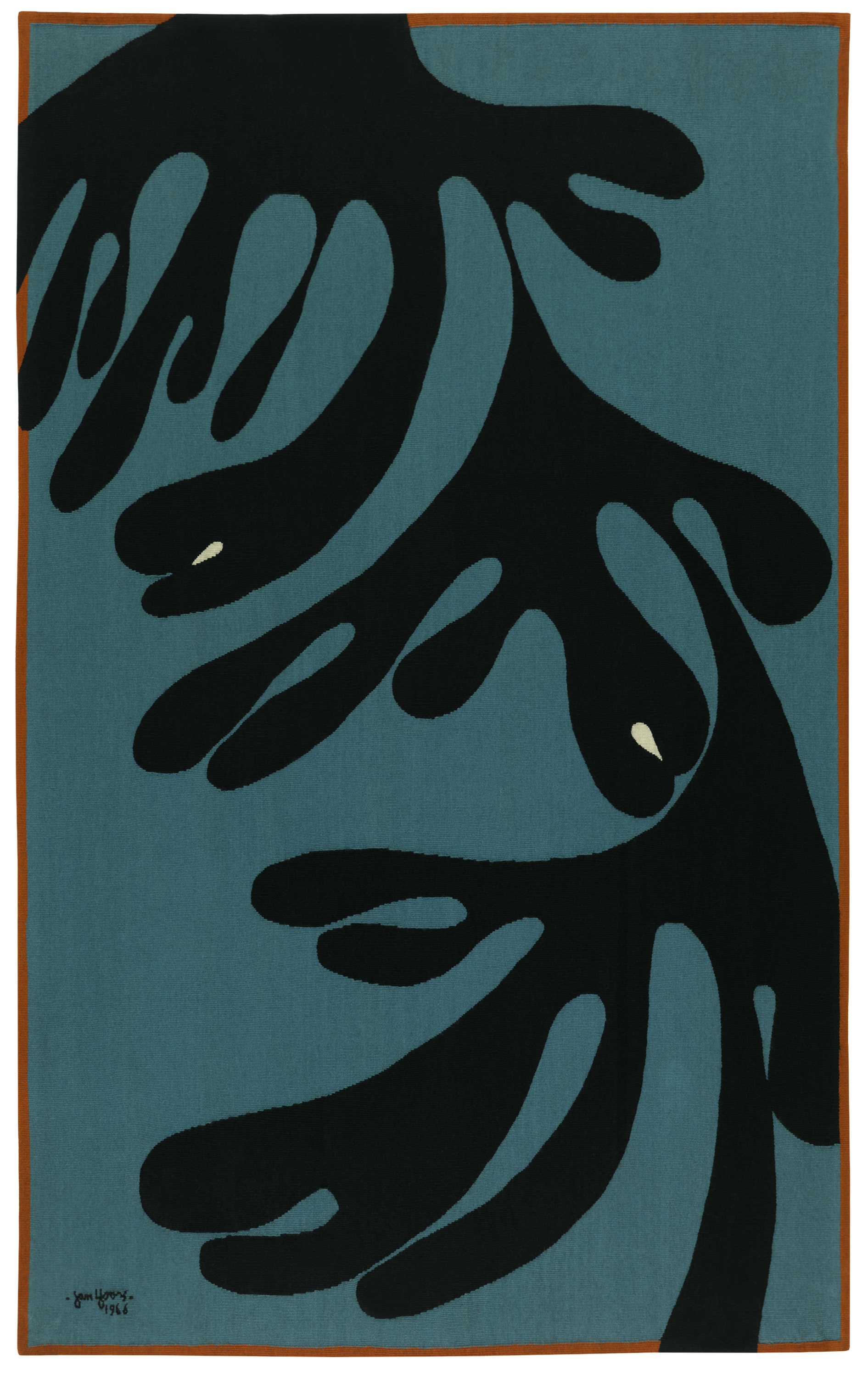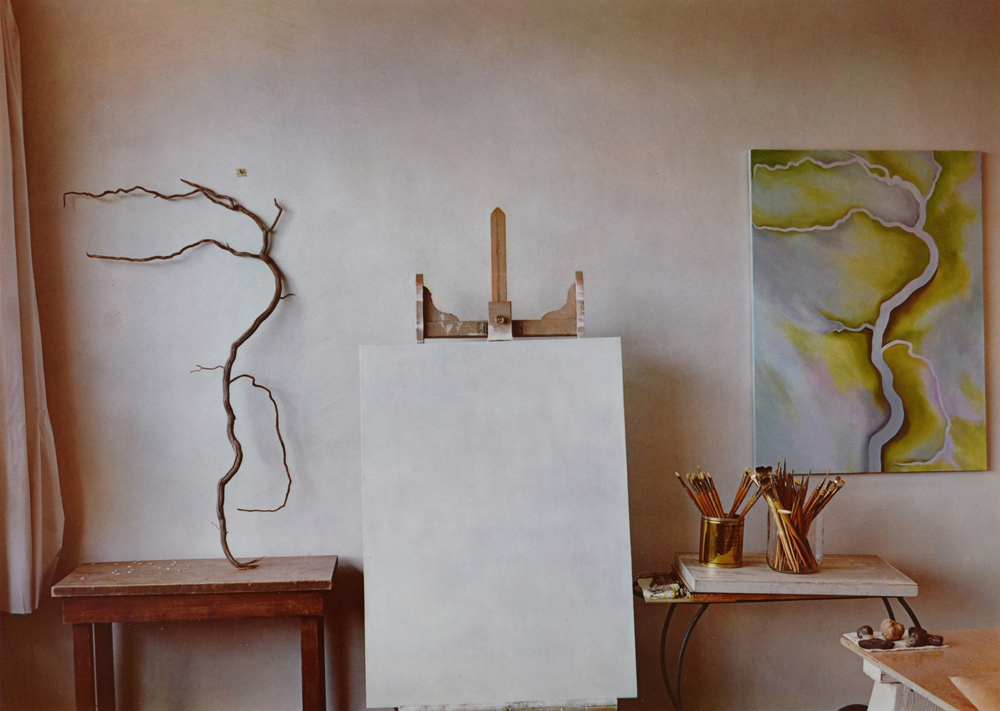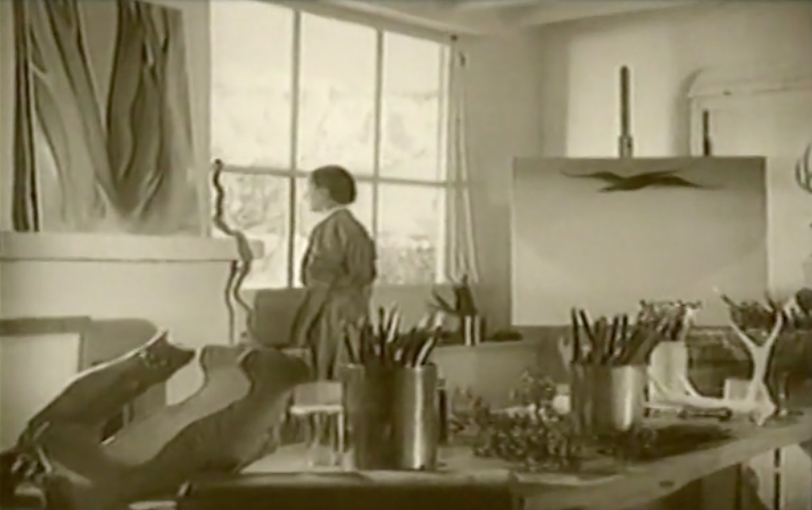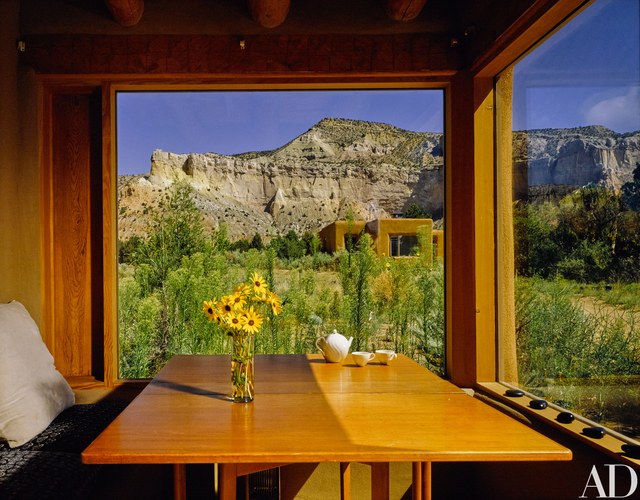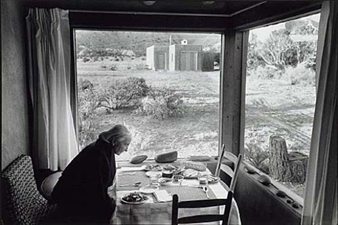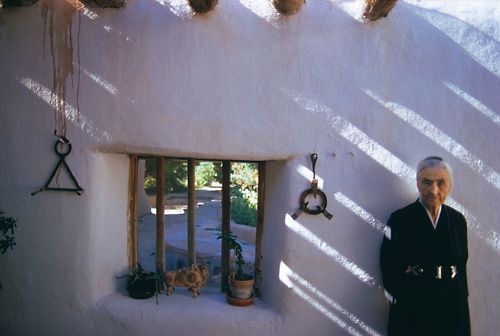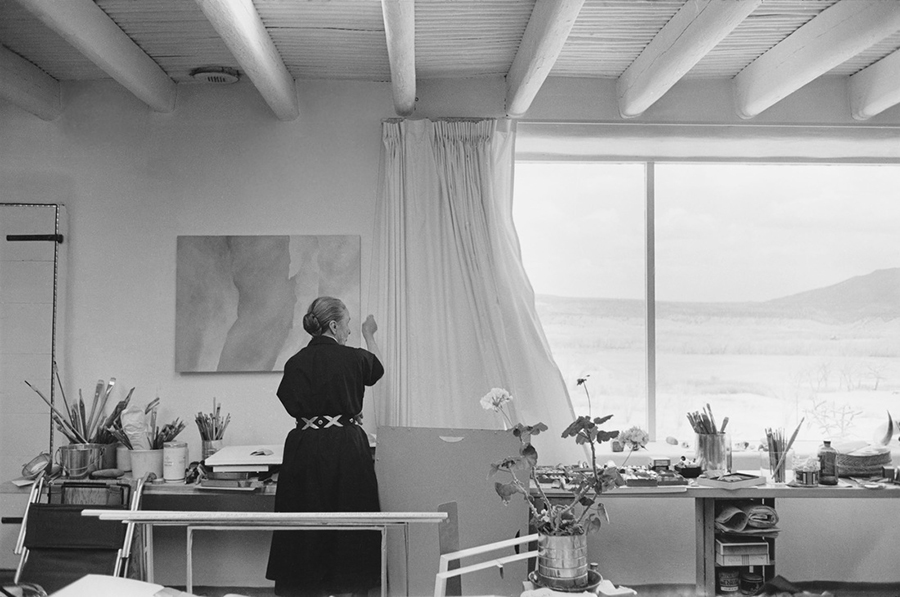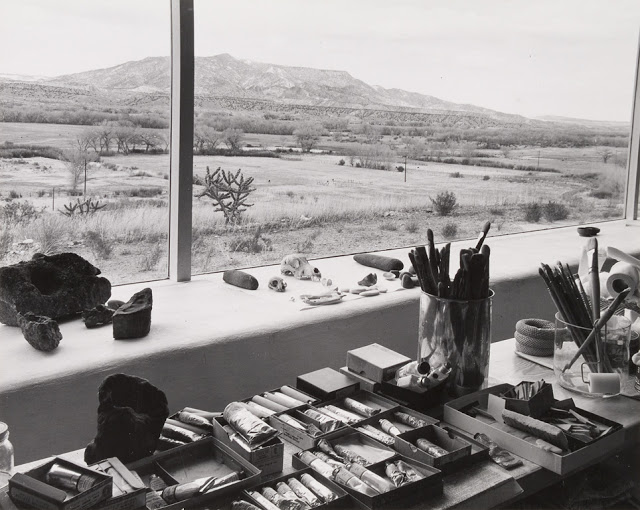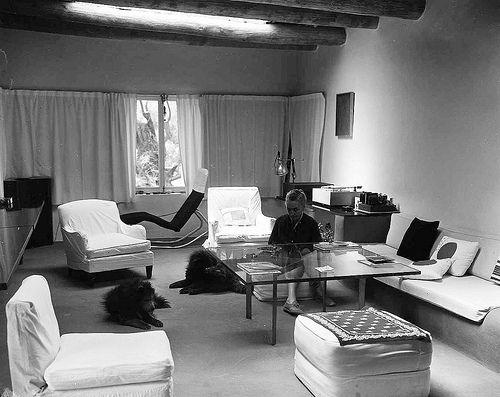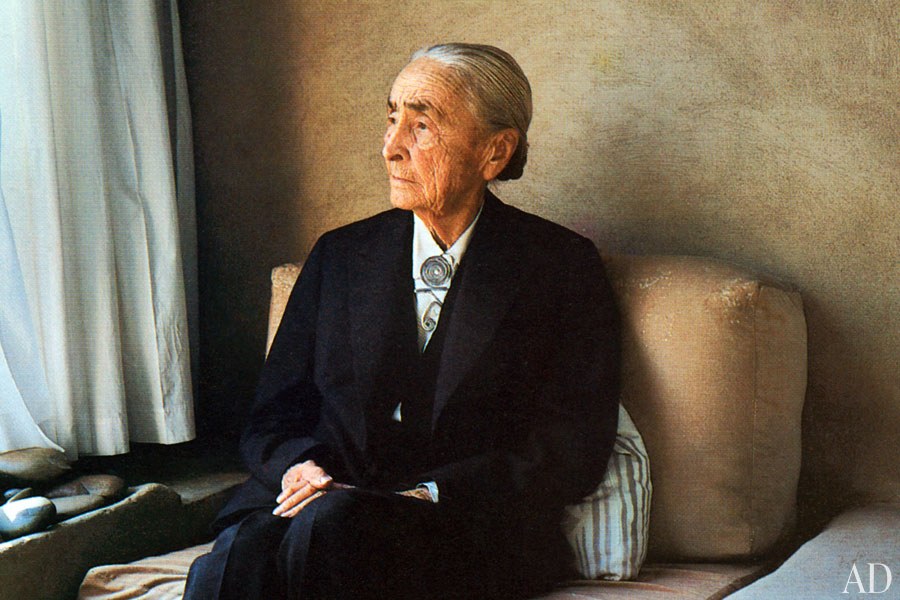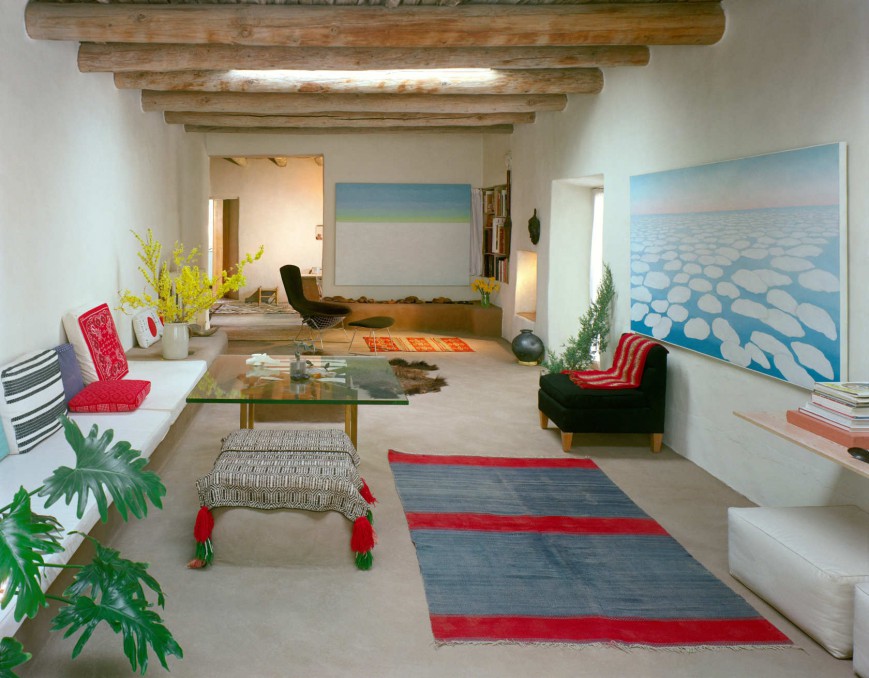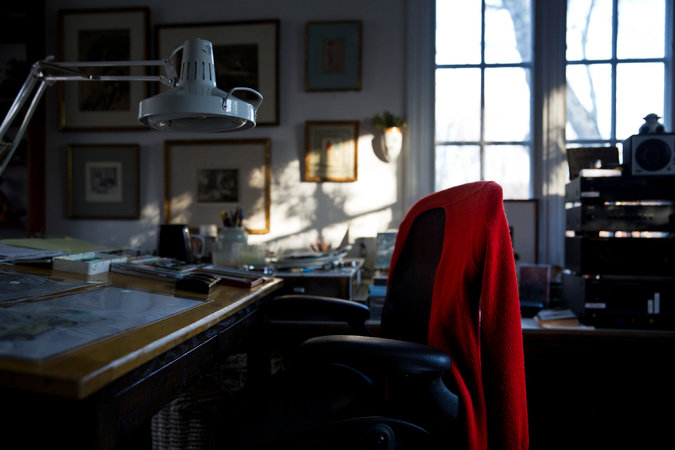I read The Copenhagen Trilogy- memoirs by Tove Ditlevsen during a time when I wasn’t able to create much. Inspiration seemed temporarily out of reach- so instead of touching metal, my hands were holding these three pastel coloured books.
Where my head was fuzzy, her words were precise and extraordinarily clear.
Where my fingers were still, hers were always writing.
And where my feelings were sometimes overwhelming, hers seemed distant...different, yet driven.
Tove really blew me away and fragments from the books kept coming back to me.
Perhaps the incredible vulnerability of our childhood- which we all carry within us, struck me most.
The way Tove described this unique part, lingers:
”You can’t get out of childhood, and it clings to you like a bad smell.
You notice it in other children — each childhood has its own smell.
You don’t recognize your own and sometimes you’re afraid that it’s worse than others’.
You’re standing talking to another girl whose childhood smells of coal and ashes,
and suddenly she takes a step back because she has noticed the terrible stink of your childhood.”
I wanted to create something based on Ditleven’s words and my hands started sculpting again.
A tiny wax nose, based on her own, beautiful nose.
Of course, ‘my nose’ would soon transition from wax into silver, but any marks left during this soft shaping stage, would be incorporated into the metal as well, like an echo.
It made me think of another passage from the book, which touches on transition too:
“Our friendship is over just as my childhood is.
Now the last remnants fall away from me like flakes of sun scorched skin, and beneath looms an awkward, an impossible adult.
I read in my poetry album while the night wanders past the window - and, unawares, my childhood falls silently to the bottom of my memory, that library of the soul from which I will draw knowledge and experience for the rest of my life.”
I mean…’Library of the Soul’...get a load of that!
Tove’s language is just so straight, so direct.
It feels like honesty with a unique sense of urgency, and it just made me fly through all three books…
I flew right into the realisation of her last sentence:
“I was rescued from my years of addiction, but ever since, the shadow of the old longing still returns faintly if I have to have a blood test,
or if I pass a pharmacy window.
It will never disappear completely for as long as I live.”
It’s true, isn’t it?
Just like our smell of childhood, a longing for sweet, sweet relief can also cling to us.
Where we search for it though, is up to each of us.
I noticed, that in each part of the trilogy, in each phase of her life- Ditlevsen touches on the interplay between the sense of reality and that, of feeling secure:
Childhood
“It bothers me a lot that I don't seem to own any real feelings anymore, but always have to pretend that I do by copying other people's reactions.
It's as if I'm only moved by things that come to me indirectly.
I can cry when I see a picture of a family that's been evicted, but when I see the same ordinary sight in reality, it doesn't touch me.
I'm moved by poetry and lyrical prose, now as always – but the things that are described leave me completely cold.
I don't think very much of reality.”
Youth
“It’s difficult to keep a grasp on yourself when things around you constantly change”
Dependency
”The days pass, the weeks pass. I’ve started writing short stories, and the veil between myself and reality is secure again”
So while I was creating a protective vessel to hold Tove’s nose and experienced the various stages of the clay, I wondered about the transformational aspect of the creative process itself.
By putting our reality into words, do we also shape it?
And if we indeed shape it, do we separate ourselves from it in the process, or do we give it a shape that helps us carry it?
Can a veil of separation eventually turn into a blanket providing comfort?
In the third and last part of the trilogy, Tove descends in and out of addiction and she shares how some life partners shared about their childhood and others didn’t.
It seems to me that the ones she felt safest with, did.
I’m still sitting with these books and thoughts, let them visit me every now and then.
And this little sliver nose, modeled after Tove’s nose?
To me, it symbolises childhood, and therewith vulnerability and connection.
Because in order to be able to really connect, we have to share the yucky vulnerable stuff.
If we want to smell roses, we have to be willing to also reek some manure.
And you know, vulnerability might feel stinky sometimes, but if you smell mine, I’ll smell yours.
xez

